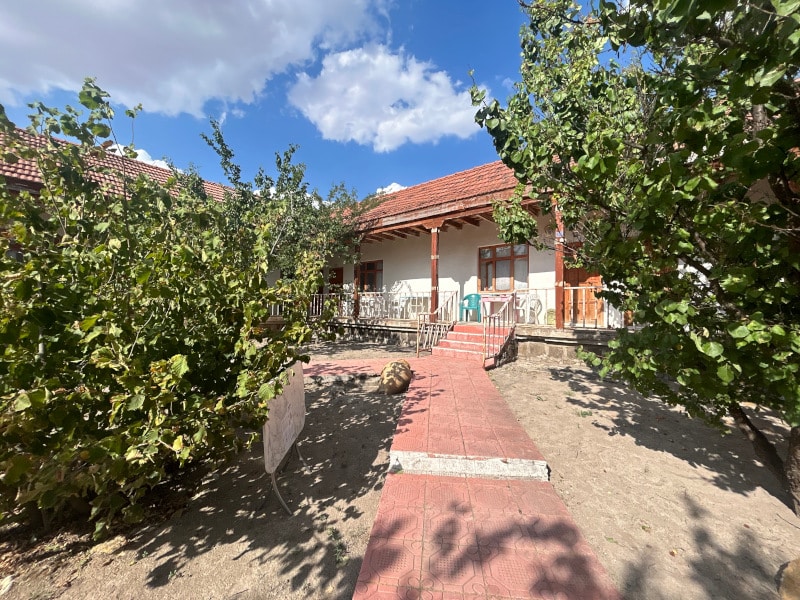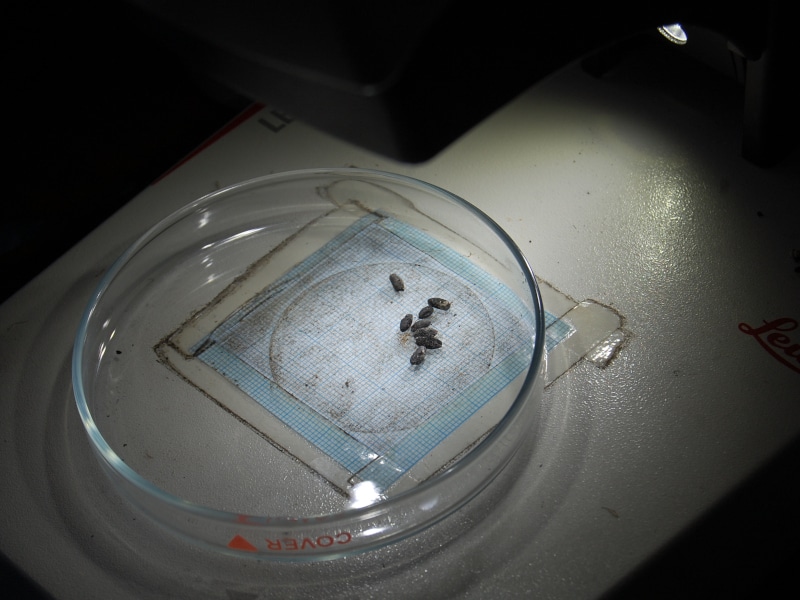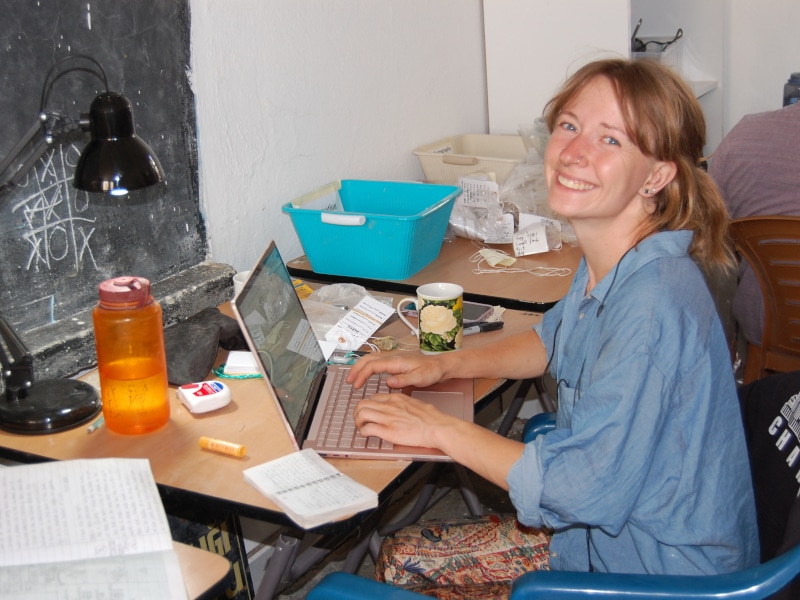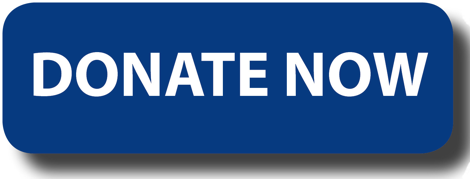
A Day in the Life at Çadır Höyük
Kiley Stoj, 2024 Eric and Carol Meyers Fieldwork Scholarship Recipient
A typical day living in the small village of Peynir Yemez started about an hour earlier than needed with the adhan informing us that it was 4:30am. This was never really an issue as it was a much more melodic wakeup than the typical jarring buzz of an alarm. Although uncharacteristic for the time of year, there were several mornings we were also greeted with thunderstorms. I can remember a huge clap of thunder waking almost everyone up; we all came out of our rooms and just admired the rain and lightning together while sipping tea and coffee. Unfortunately, after this storm we lost internet connection for almost the remainder of the season, and it was believed the thunder and lightning may have been to blame. Most of the time it was easy enough to fall back asleep until the official wakeup around 5:30; giving most people just enough time to put on their least dusty pieces of clothing, brush their teeth, and grab a cup of coffee and a slice of jellied bread before packing up the van to make the 15-minute drive to the site. The drive over was actually livelier than one might expect for such an early wakeup. We would chat about the games we liked to play, movies we had strong opinions on, and funny anecdotes from prior years or previous digs.
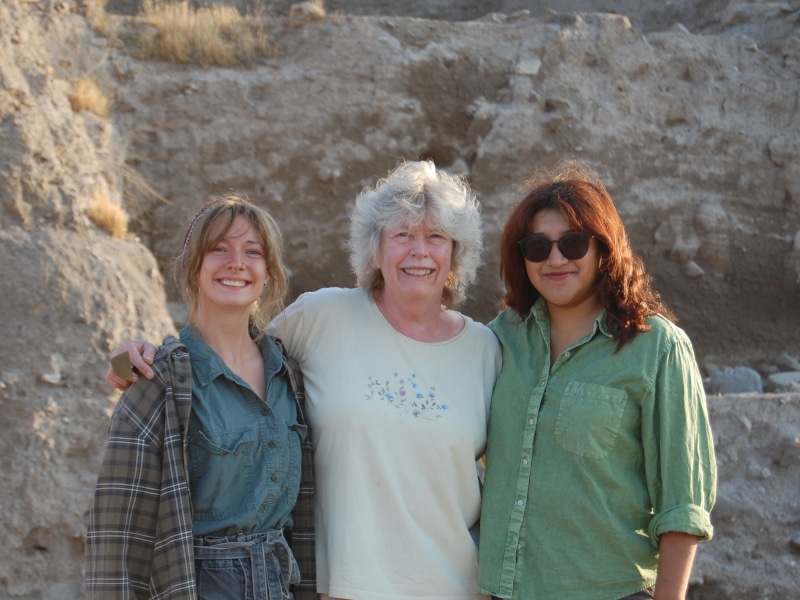
The site of Çadır Höyük is located in the Yozgat province in north central Anatolia, Türkiye. Excavations began in 1994 and continue today. Over this time period the team has documented six millennia of occupation at the site; from at least as early as 5200 BCE to final abandonment in the 13th century CE. The Turkish workers assisting with the project came from the next closest city of Sorgun and were usually waiting for us. Without hesitation they would begin the journey up the mound soon after we arrived; it was a good mix of younger and older workers, some with prior experience and some brand new. The new workers were especially eager to learn the ropes often asking many questions and excited to practice some English with us. It was fun getting to learn a bit about the workers that were a part of our team, their day jobs ranged from farmers, cartographers, and engineers to medical and veterinary students.
The morning started with most supervisors looking over the stratigraphy of their trenches and deciding what task to tackle first. Many times I could look out from my trench and see a group of supervisors huddled around an area delicately, and with the most amazing precision, excavating bones or reading an especially interesting piece of pottery. Many of the foreign members of the team (US, Canada, Europe) would do our best with the little Turkish we knew to delegate tasks; the workers were very patient with us, and I learned pretty quickly that hand signs are an amazing tool. Some of the women I became friends with while there loved to flash me a heart from across the dig to let me know they missed me. We would work until 8am, at which time there was a break for water and some small goodies that the workers always seemed to magically produce, including cookies and fruits. Work in the mornings was always the nicest; it was pleasant to dig before the sun became too intense and wind picked up, as was typical for the afternoon.
